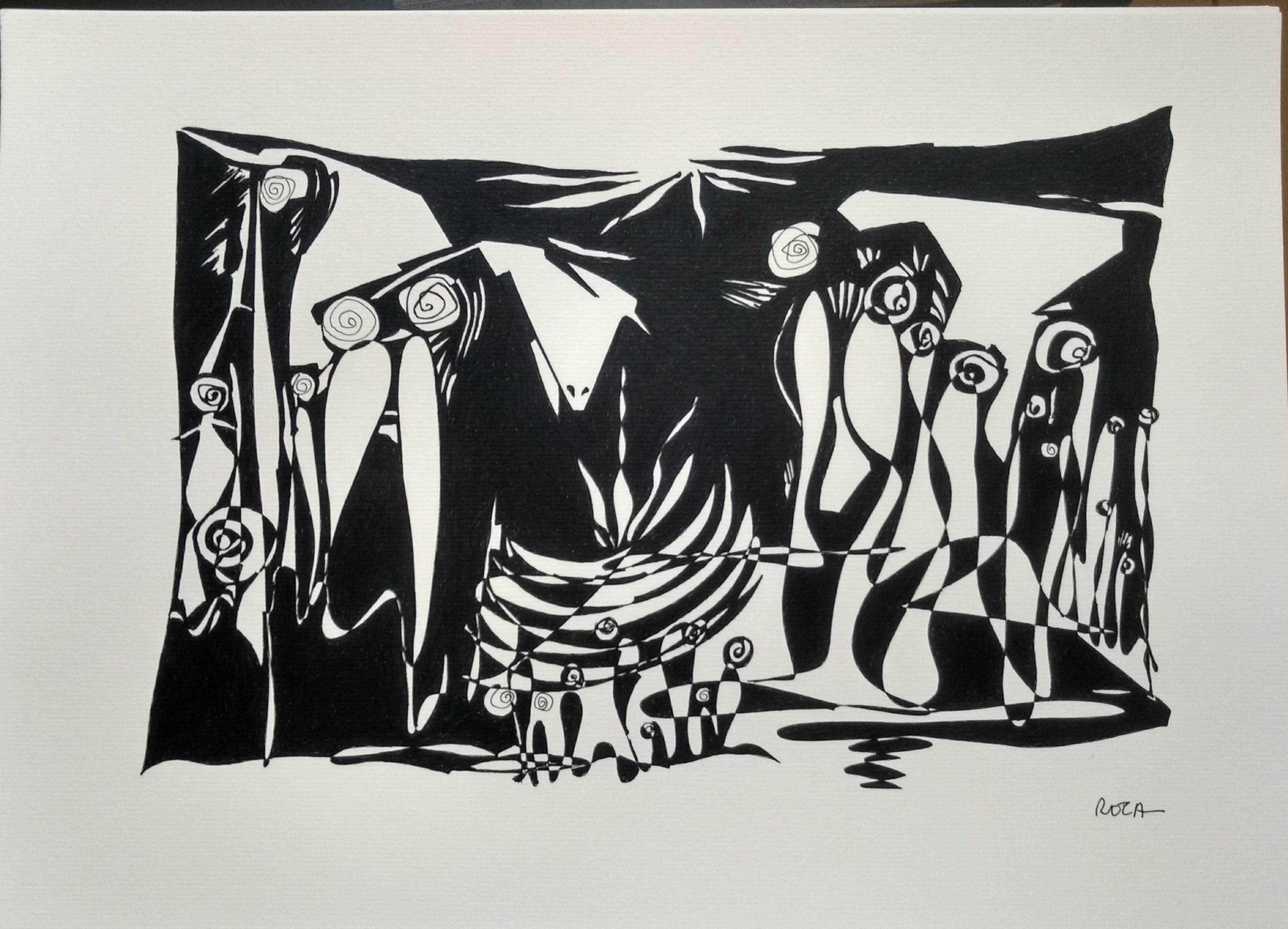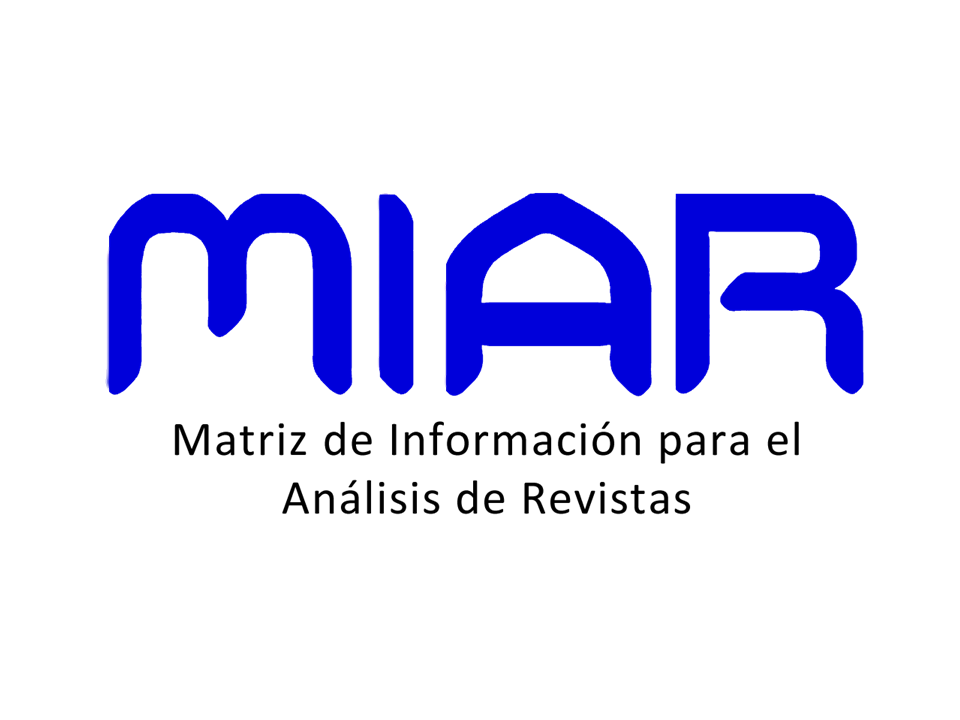UNVEILING THE LAYERS OF THE L.O.L. SURPRISE DOLL: A LINGUISTIC ANALYSIS THROUGH THE GRAMMAR OF VISUAL DESIGN
DOI:
https://doi.org/10.22478/ufpb.1983-9979.2019v14n2.48710Resumen
The L.O.L. Surprise doll was created in 2016 by MGA Entertainment inspired by the YouTube trend of “unboxing” videos, in which children and adults open toys packages, or other objects, and show to the viewers how it works or what it does. Being a collectible toy with the possibility of more than a hundred surprise dolls, L.O.L. Surprise, which is a best seller, explores playing from the unwrapping of the several layers involved in the unboxing of the doll’s package. The marketing of L.O.L. Surprise does not involve TV advertisements and all its strategy is focused on YouTube videos showing kids unboxing the toy. It is possible to perceive that opening the package, and consequently finding the doll, is part of the experience/play of L.O.L. Surprise. Since the rise of the North American doll L.O.L. is a trend not only in Brazil but all around the world (FROMM, 2019), it is a rising successful trend in last years (GREEN, 2018), this study aims at describing and analyzing the multimodal features of the layers of the doll’s package, perceiving how the surprise element is constructed through it. Therefore, to analyze the layers of the package, we will draw on Kress & Van Leeuwen’s Grammar of Visual Design (2006 [1996]) and its visual metafunctions, which derive from Halliday’s Systemic Functional Linguistics (1978). The description and analysis reveal a stimulus to children’s curiosity, enhanced by the interactive aspect perceived through the verbal and visual language, as well as a tendency towards consumerism and social media engagement.










